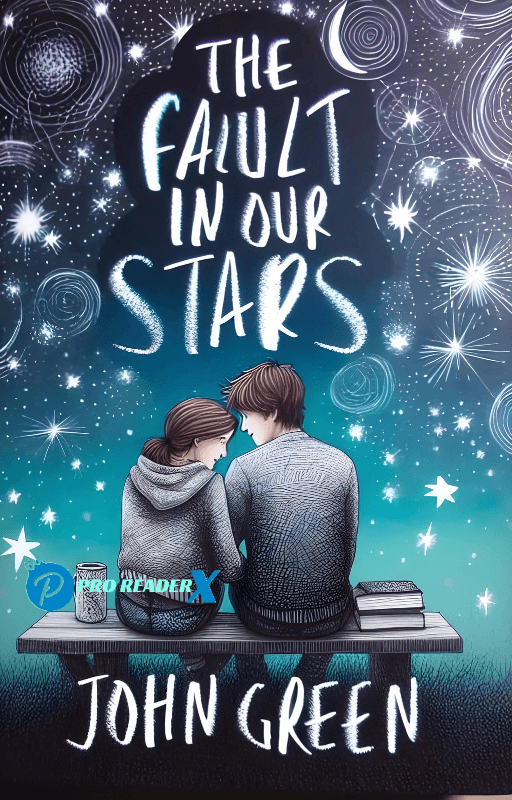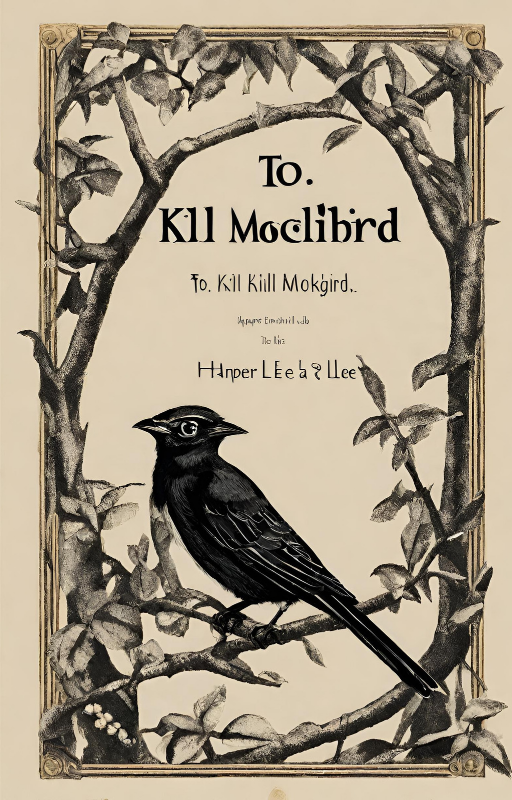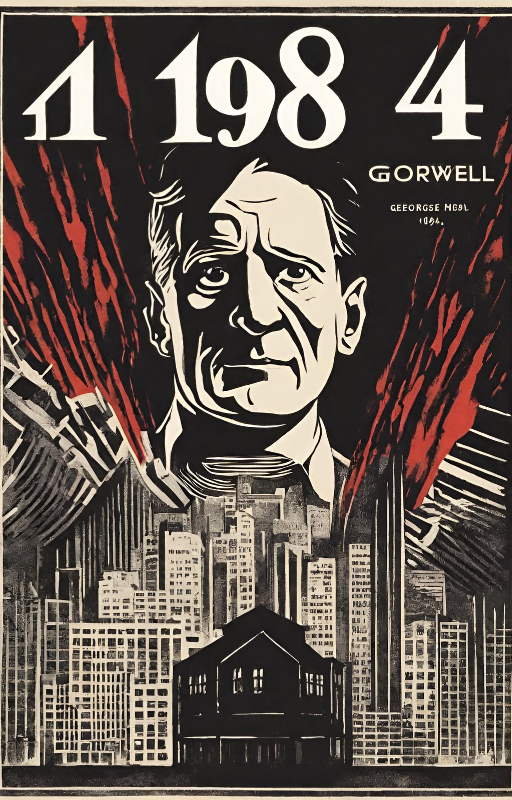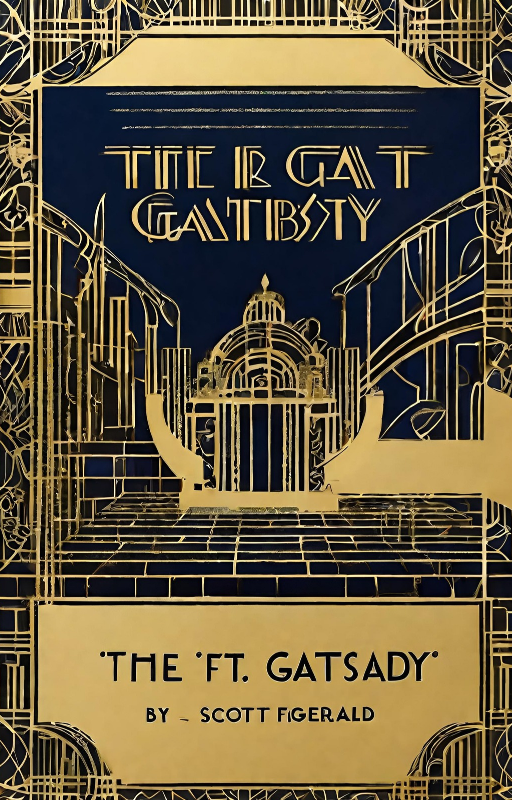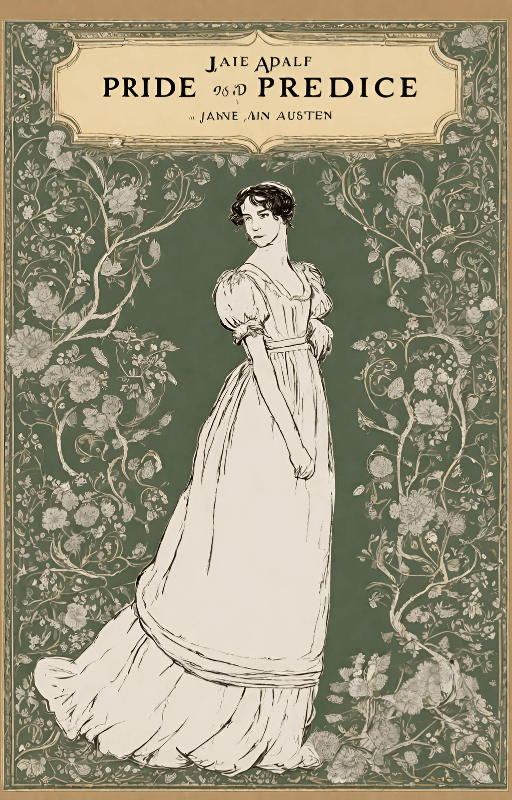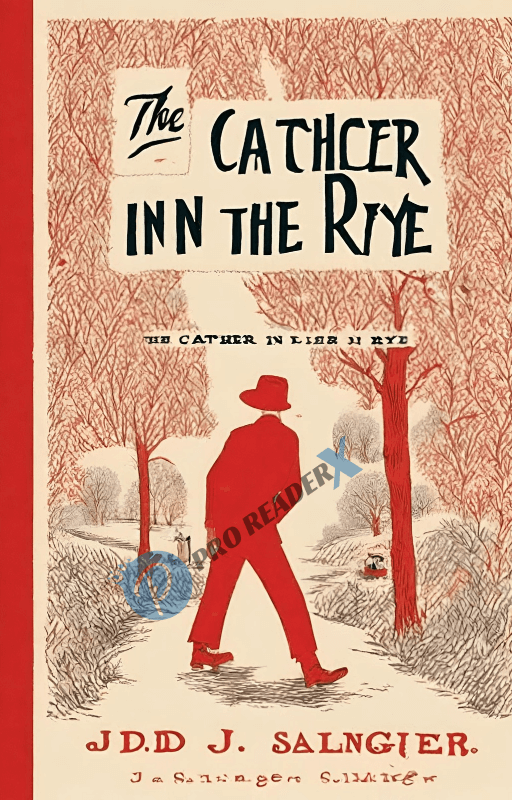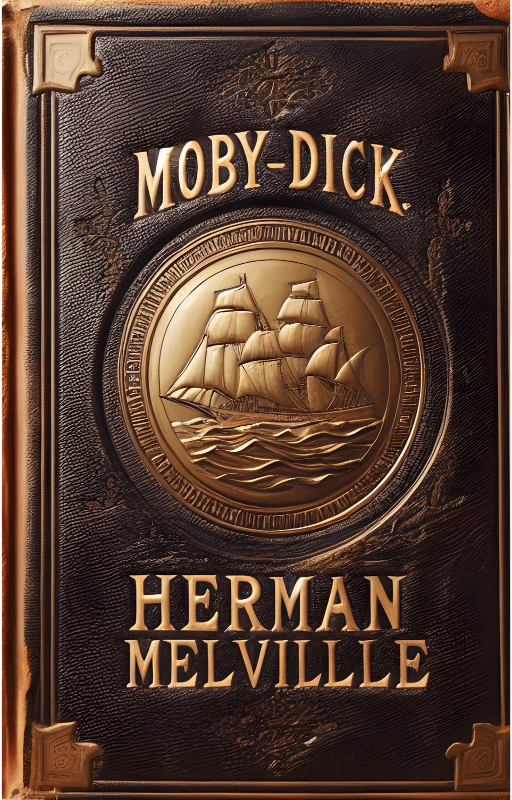Introduction
Have you ever felt like a book went into your soul, extracted your feelings, and displayed them for all? This is “The Fault in Our Stars” by John Green for you. This work is more than a tale; it explores the highs and lows of life, love, and grief. Whether you’ve read it a hundred times or are intrigued by the excitement, let’s embark on this emotional rollercoaster together.
Author Background
Many people recognize the name John Green, particularly those who have read young adult books. Green, born in 1977, has an uncanny ability to capture adolescence’s raw, unadulterated sensations. Before “The Fault in Our Stars,” he wrote noteworthy works such as “Looking for Alaska” and “Paper Towns.” His writing frequently delves into identity, love, and the bittersweet beauty of growing up.
Main Characters
We must first meet its remarkable characters to comprehend the novel’s profundity.
Hazel Grace Lancaster
Hazel, the protagonist, is a sixteen-year-old with thyroid cancer that has progressed to her lungs. Despite her sickness, Hazel is witty and contemplative. Her constant friend is an oxygen tank that she affectionately calls Philip. Hazel’s view on life is formed by her illness, which makes her wise beyond her years and leaves her deeply lonely.
Augustus Waters
Enter Augustus, also known as Gus, a gregarious and engaging seventeen-year-old in remission from osteosarcoma. Augustus knocks Hazel off her feet with his prosthetic limb and unwavering optimism. He prefers dramatic gestures and metaphors, frequently holding an unlit cigarette to symbolize power over his fate.
Supporting Characters
While Hazel and Augustus steal the show, other characters provide depth to the plot. Augustus’ best buddy, Isaac, is dealing with the loss of his sight due to disease. Hazel’s parents, who are both supportive and apprehensive, play an important role in depicting the true hardships of dealing with a child’s fatal disease. Then there’s Peter Van Houten, the reclusive author of Hazel’s favorite novel, whose presence lends an unexpected twist to their adventure.
Plot Overview
Now, let’s get to the meat of the narrative.
Meeting at Support Group
Hazel and Augustus meet in a cancer support group in a church basement, affectionately known as “the Literal Heart of Jesus.” Their connection is immediate, resulting in a relationship that rapidly develops into something more profound.
The Bond Between Hazel and Augustus
Their friendship is strengthened via shared experiences and intellectual discussions. Hazel introduces Augustus to Peter Van Houten’s “An Imperial Affliction” as one of her favorite novels. This tale, about a cancer-stricken girl, strikes a strong chord with Hazel but ends suddenly, leaving her longing for answers.
The Trip to Amsterdam
Ever the romantic, Augustus uses his “Wish” from a cancer organization to fly Hazel to Amsterdam to see Van Houten. The journey is a combination of magic and disappointment. They explore the city’s splendor, and their friendship grows, but Van Houten turns out to be a disillusioned drinker, destroying Hazel’s romanticized picture of him.
The Climax
The emotional high point of the novel occurs when Augustus reveals that his cancer has returned and is terminal. This discovery is heartbreaking, as the roles are reversed, and Hazel becomes the caretaker, facing the probable death of her first love.
The Ending
Finally, Augustus succumbs to his sickness, leaving Hazel sad. However, his death was not in vain. Augustus’ letters to Van Houten give Hazel a sense of closure and a more excellent knowledge of love and grief.
Themes and Motifs
John Green weaves various emotional themes throughout the story.
Life and Death
The novel confronts the inevitability of death, portraying it as a part of life rather than an end. Through Hazel and Augustus, we discover that the depth of life, not its duration, is significant.
Love and Sacrifice
“The Fault in Our Stars” depicts love as a natural force capable of transcending physical boundaries. The characters’ willingness to sacrifice for each other emphasizes the purity and depth of their relationship.
Courage and Vulnerability
Courage is not shown as the absence of fear but rather as the ability to live entirely despite it. Hazel and Augustus demonstrate extraordinary bravery in confronting their mortality and allowing themselves to be vulnerable.
Literary Style and Structure
Green’s writing style is conversational and approachable, making complicated concepts understandable. The story is told from Hazel’s point of view, giving readers an intimate insight into her thoughts and feelings. The employment of metaphor and symbolic imagery, such as Augustus’ unlit cigarette, lends complexity to the story.
Critical Reception
“The Fault in Our Stars” was well-praised for its honest depiction of disease and love. Critics applauded Green’s ability to approach weighty issues with levity, mixing comedy and tragedy. The work topped bestseller lists and acquired a large audience, firmly establishing its position in modern literature.
Adaptations
The book’s popularity prompted other adaptations, bringing the narrative to a larger audience.
Film Adaptation
The film adaptation of “The Fault in Our Stars” was released in 2014, starring Shailene Woodley as Hazel and Ansel Elgort as Augustus. The film maintained loyalty to the novel’s spirit, capturing its emotional core and earning excellent feedback from fans and reviewers.
Other Media
Beyond the film, the novel sparked a slew of products, fan fiction, and even stage productions. Its influence is evident in the countless conversations and analyses that it continues to spark.
Conclusion
“The Fault in Our Stars” is more than simply a novel about illness; it’s a narrative about finding purpose in the face of adversity and about love’s ability to leave an everlasting impact on us. John Green’s masterwork reminds us that while grief must be endured, so must joy. Whether you’re a long-time fan or fresh to the narrative, the teachings and emotions are universal.
FAQs
Q1: What prompted John Green to create “The Fault in Our Stars”?
John Green was motivated by his time as a chaplain at a children’s hospital and his connection with Esther Earl, who has cancer.
Q2: Is “The Fault in Our Stars” based on a genuine story?
While the characters and tale are made up, they are inspired by real-life events and individuals that John Green knows.
Q3: What does the title “The Fault in Our Stars” mean?
The title is a play on words from Shakespeare’s “Julius Caesar,” implying that the imperfections in our fate (or stars) are not entirely under our control.
Q4. How does the novel address the issue of mortality?
The novel portrays mortality as an unavoidable element of life, emphasizing the need to live meaningfully in the face of death.
Q5: Are there any sequels to “The Fault in Our Stars”?
No, there are no sequels. However, John Green has written additional novels that explore similar issues and appeal to lovers of “The Fault in Our Stars.”
